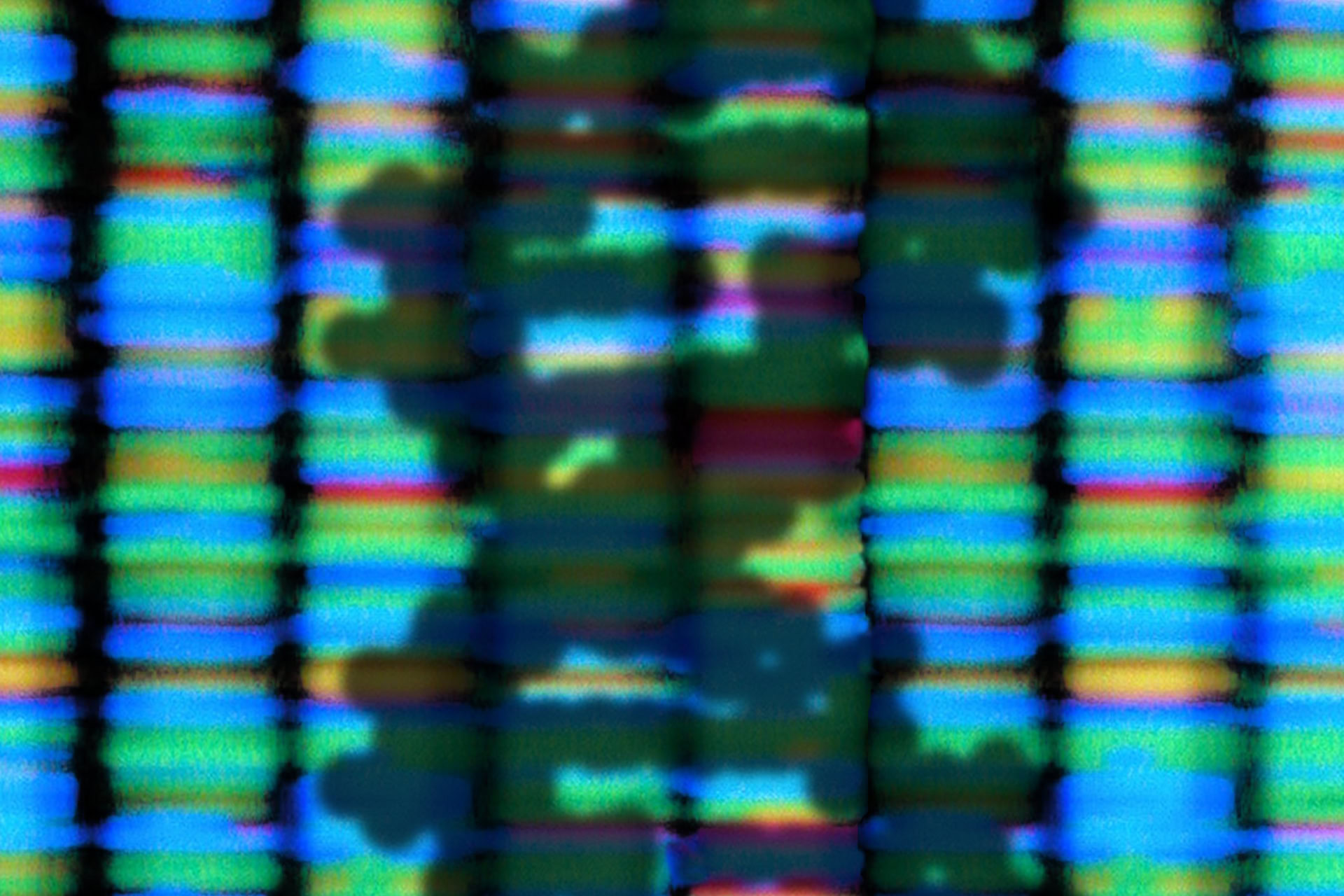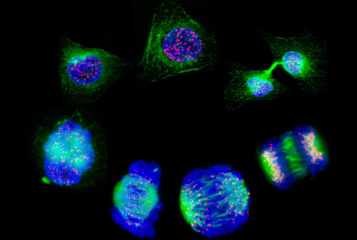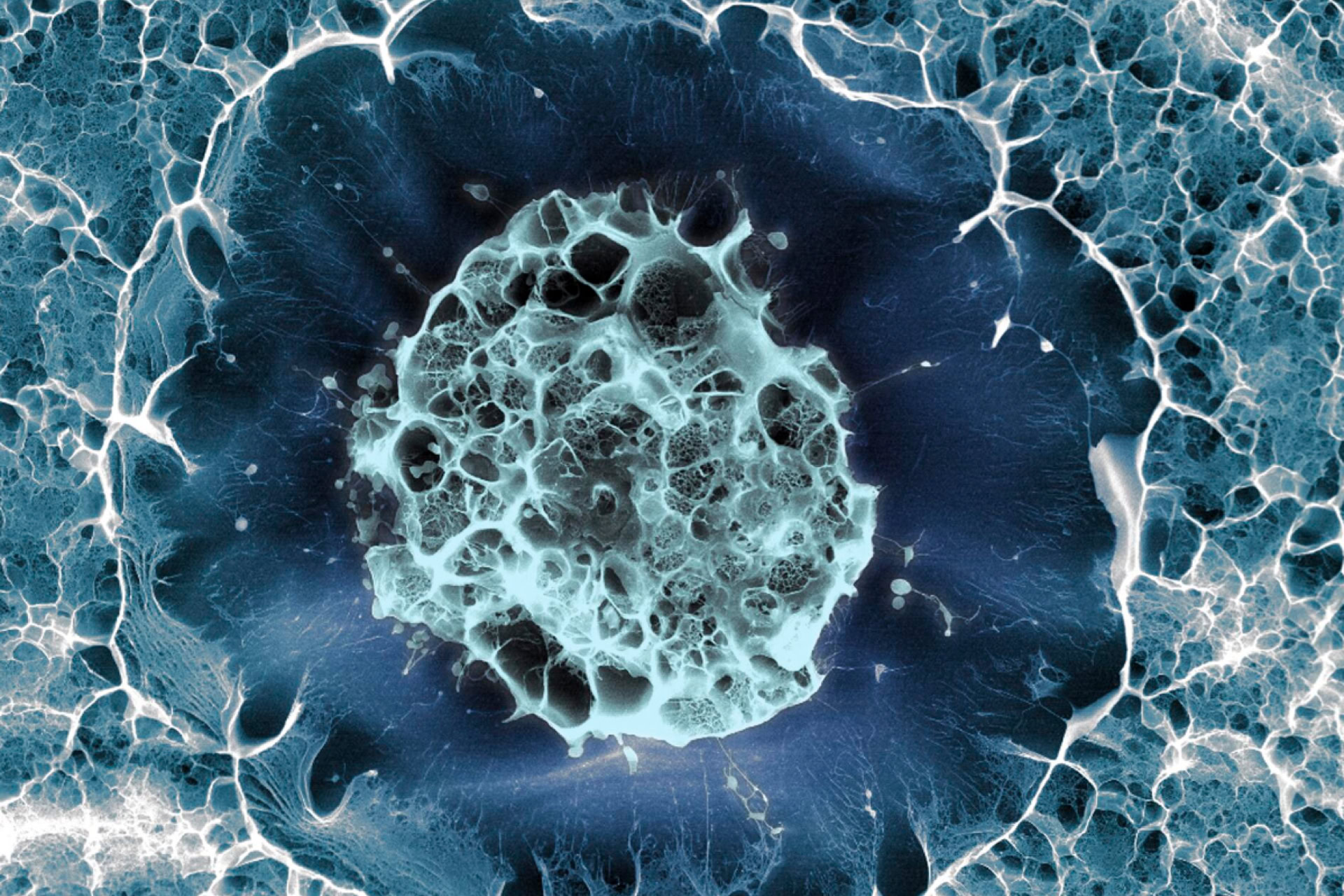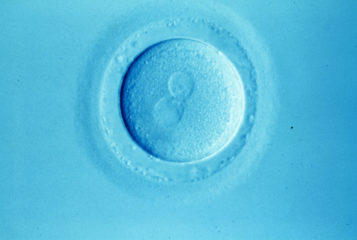For the first time, US researchers have used a combination of genome editing and antiretroviral therapy (ART) to eliminate the human immunodeficiency virus (HIV) from mice.
The study combines CRISPR/Cas9 technology which was used to remove viral DNA from the infected mice with a therapy that reduces the overall presence of HIV in the animal tissues, resulting in one-third of mice to be completely virus-free upon treatment.
'Our study shows that treatment to suppress HIV replication and gene editing therapy, when given sequentially, can eliminate HIV from cells and organs of infected animals,' said senior author Professor Kamel Khalili at Temple University in Philadelphia, Pennsylvania.
Upon infection, HIV incorporates its genetic information into immune cells of the host, where it is not accessible by conventional therapies. Therefore, while the current treatment using ART suppresses the replication of the virus, it does not eliminate it from the body. ART medication must be taken for life to prevent the development of AIDS.
The team had previously tried to use genome editing alone to remove HIV from the genomes of mice and rats, but although they were able to significantly impact viral replication, a complete cure was not achieved.
In this study, a long-acting slow-effective release ART medication was used to block viral replication while genome editing was deployed to cut the viral DNA out of the mouse genomes. In nine out of 23 mice treated this way the virus was eliminated from all tissues.
'This is an exciting study showing that it might be possible to use a chemical and genetic editing therapy in combination to eliminate HIV permanently from infected cells,' said Professor Paul Freemont at Imperial College London, who was not involved in the study. 'HIV is very clever […] so methods to both kill active viruses and also eliminate the HIV genetic code in infected cells are needed.'
'This is a tremendously exciting paper offering a vision of a potential path to permanent cure to AIDS in the future,' said Dr Jonathan Stoye, group leader at the Francis Crick Institute in London. However, he also noted that further steps will be necessary to prove feasibility in human treatment: 'A number of important questions remain to be answered including: Why did the procedure followed not work in two-thirds of the mice? [..] Will there be unanticipated side effects of the genome editing procedure when applied to humans?'
The scientists have started studies in non-human primates to evaluate the safety of the method and are planning to start clinical trials in human patients in the future.
The work was published in Nature Communications.
Sources and References
-
HIV Eliminated from the Genomes of Living Animals
-
Sequential LASER ART and CRISPR Treatments Eliminate HIV-1 in a Subset of Infected Humanized Mice
-
Scientists say they found a cure for HIV in some mice. Humans could be next.
-
Researchers eliminated HIV from the DNA of infected mice. It's the first step toward a cure for humans, they say







Leave a Reply
You must be logged in to post a comment.